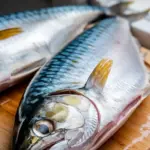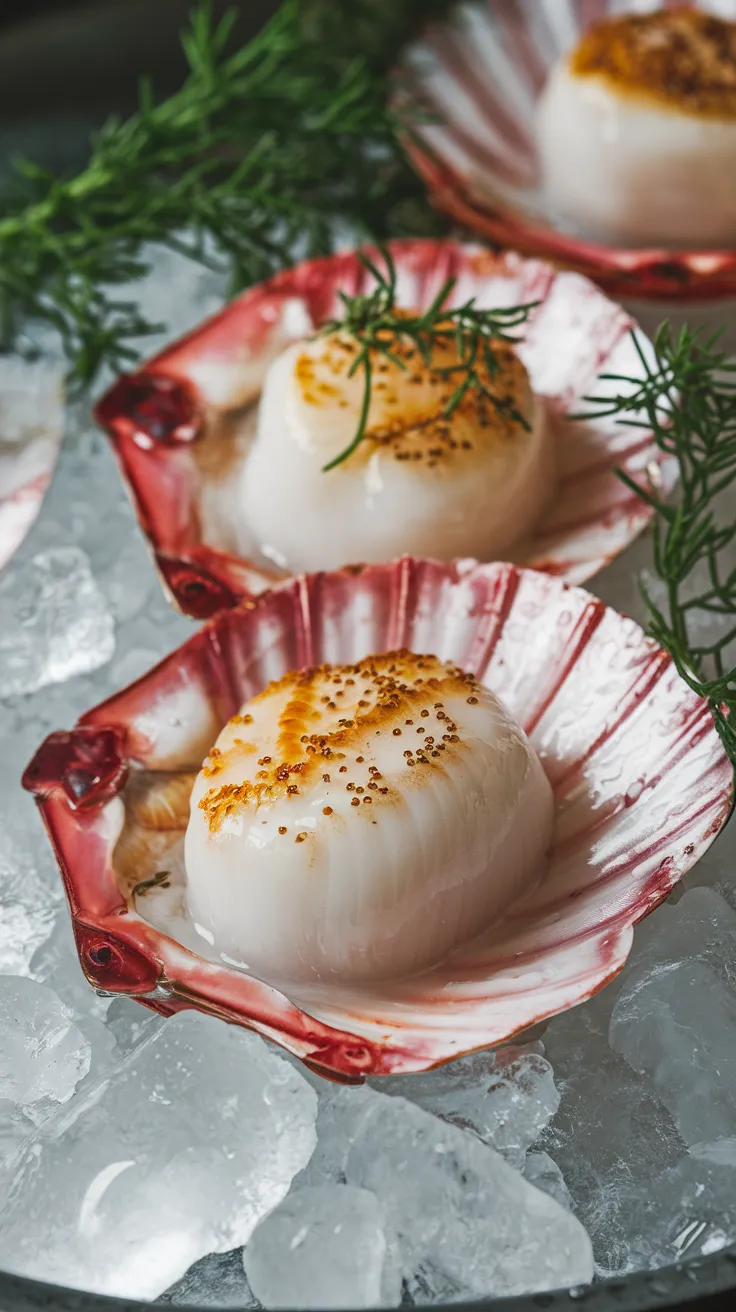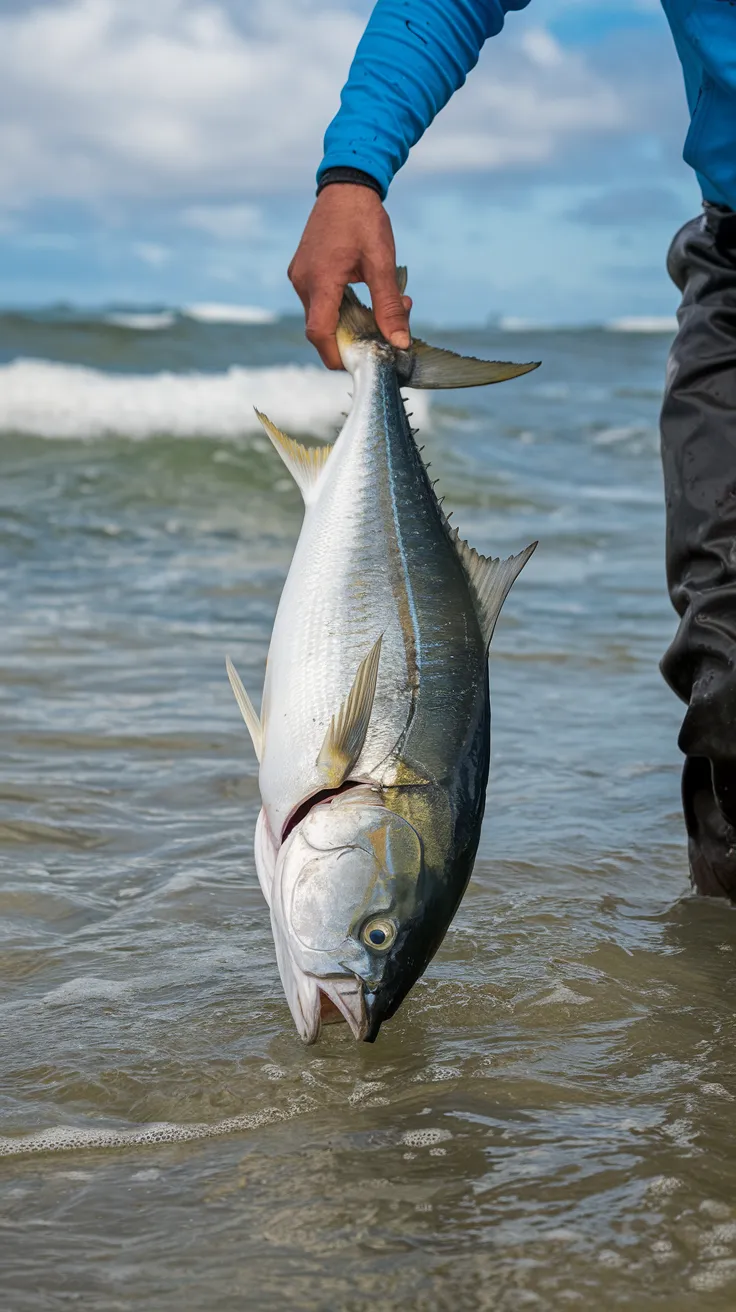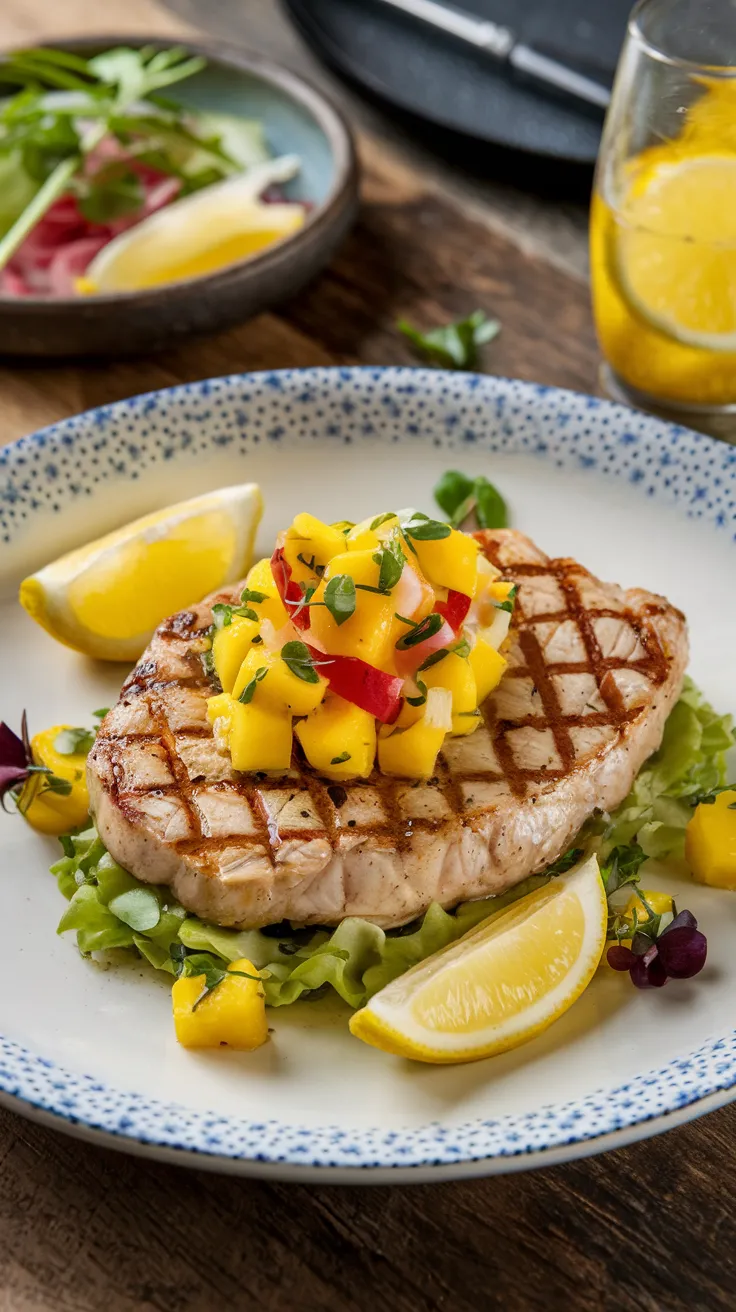Introduction to European Lobster
The European Lobster is a highly sought-after seafood delicacy known for its rich flavor and firm texture. Found primarily in the North Atlantic, this species thrives in rocky coastal areas. The distinctive blue-green color of the European Lobster contrasts beautifully with its vibrant red hue when cooked. With a strong, muscular body, it contributes significantly to marine ecosystems. Fishermen often target this species due to its economic value, making it a vital part of local fisheries.
In addition to its culinary appeal, the European Lobster plays a crucial role in underwater habitats, providing balance in the food chain. Conservation efforts are essential to ensure sustainable populations of this iconic crustacean. Awareness regarding responsible fishing practices encourages future generations to enjoy the delights of the European Lobster sustainably.
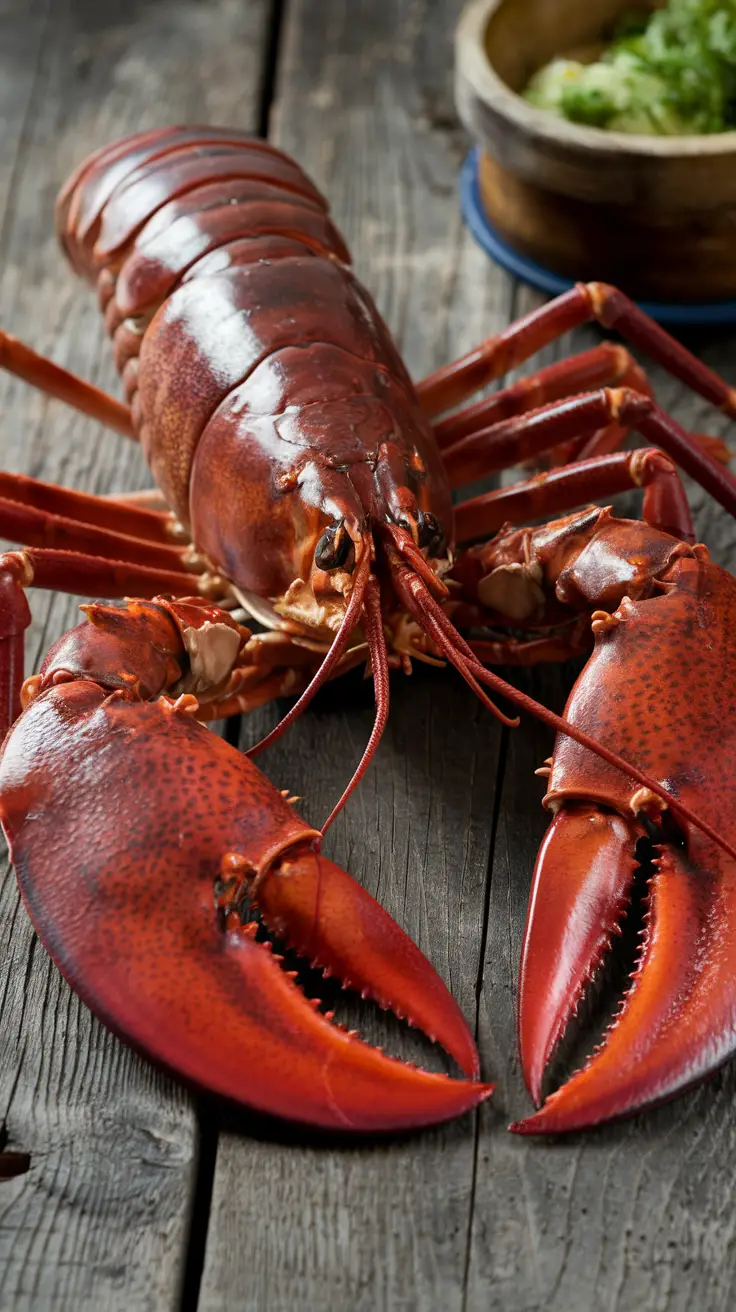
Nutritional Value and Health Benefits
The European Lobster is a nutritious seafood option offering numerous health benefits. It is rich in high-quality protein, essential for muscle growth and repair. Additionally, it contains a variety of vitamins and minerals that are vital for overall health.
For instance, the European Lobster is an excellent source of zinc, which plays a critical role in immune function. It also provides good amounts of vitamin B12, necessary for red blood cell formation. Moreover, the European Lobster is low in fat, making it a perfect lean protein choice for those watching their calorie intake.
| Nutrient | Amount per 100g |
|---|---|
| Calories | 90 |
| Protein | 19g |
| Fat | 1g |
| Vitamin B12 | 2.32µg |
| Zinc | 2.6mg |
Overall, incorporating the European Lobster into your diet can enhance your nutrient intake. Its delicious flavor and healthful properties make it a fantastic seafood choice.
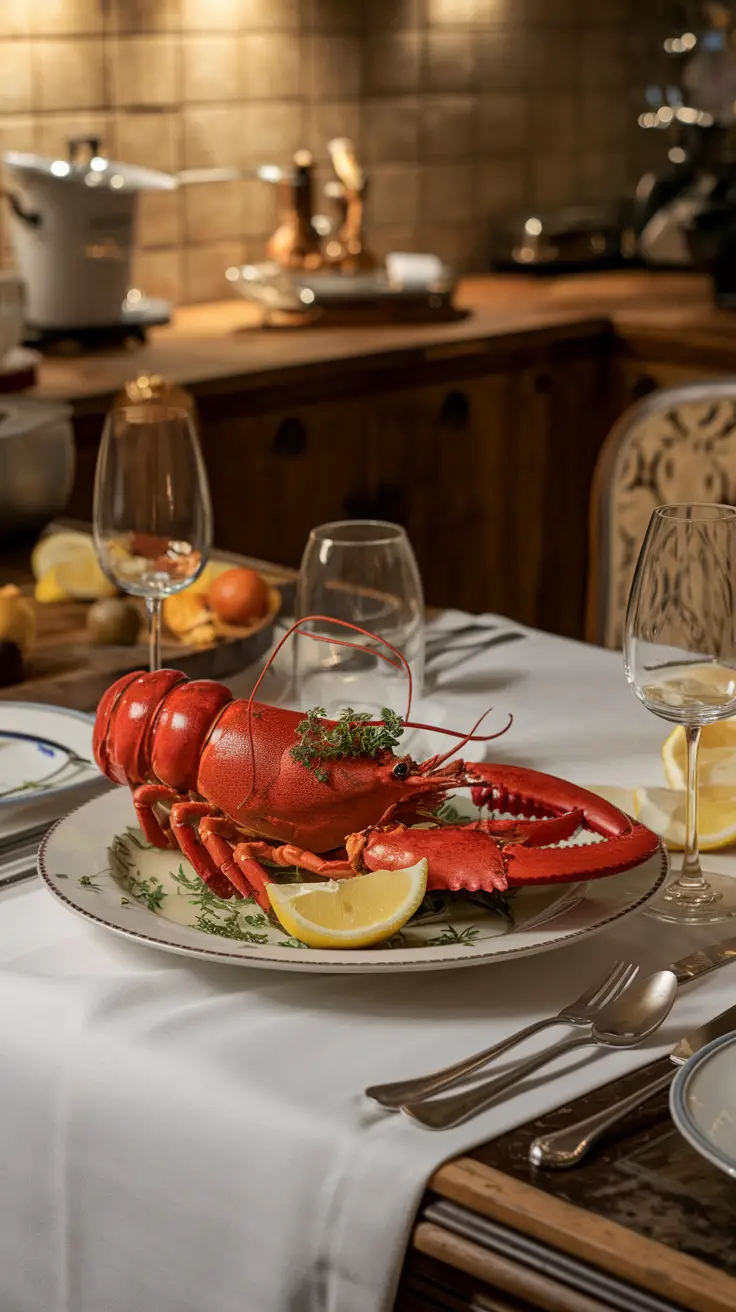
Taste Profile and Texture of European Lobster
The European Lobster is renowned for its exquisite taste and unique texture. When you take a bite, you will be greeted by a rich, sweet flavor that is often compared to that of a crab. The meat is firm yet tender, offering a delightful chew in every bite. Lobster dishes can range from simple to sophisticated, showcasing the versatility of this seafood delicacy.
Flavor Characteristics
Many culinary enthusiasts appreciate the sweet and briny nuances of European Lobster. Its flavor profile enhances when infused with garlic, butter, or herbs. Furthermore, the preparation method can significantly impact the overall taste. Boiled or steamed lobster retains its natural flavor, while grilled or baked variations introduce a smoky essence.
Texture Attributes
The texture of the European Lobster is another appealing feature. The meat, found primarily in the claws and tail, is succulent and firm. Additionally, it has a slightly fibrous structure, which contributes to its hearty bite. The tail meat is particularly celebrated for its smoothness and richness.
Here are some key points about the taste and texture:
- Sweet flavor with a touch of brininess
- Firm yet tender texture
- Versatile in various recipes
- Enhances with ingredients like garlic and butter
- Tail meat offers smoothness and richness
In summary, the European Lobster delivers a fantastic dining experience. Its captivating taste and pleasing texture make it a favorite among seafood lovers.
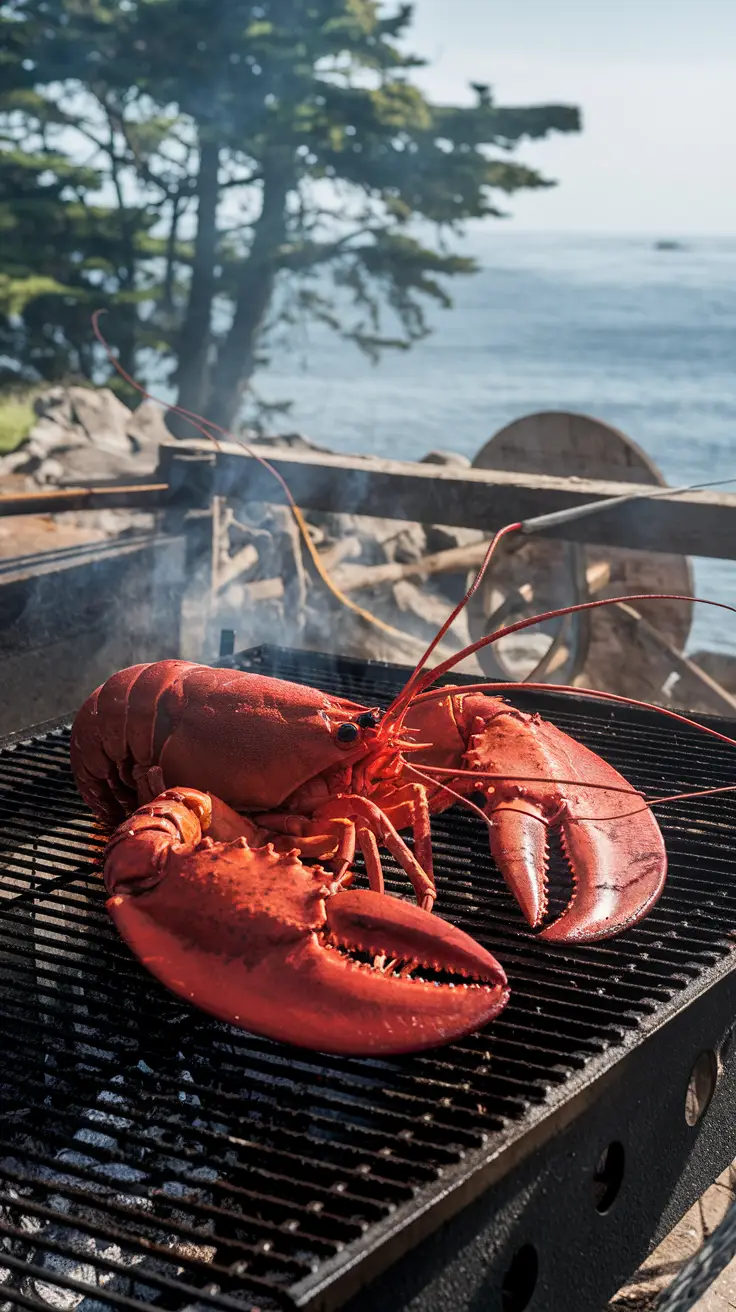
Culinary Uses and Popular Dishes of European Lobster
The European Lobster is a prized seafood known for its sweet, rich flavor. It is commonly prepared in various cuisines, highlighting its versatility. Cooking methods include boiling, grilling, and baking. Each method brings out different textures and flavors.
Popular Dishes Featuring European Lobster
- European Lobster Bisque: A creamy soup that showcases the lobster’s flavor.
- Grilled European Lobster: Marinated and grilled for a smoky taste.
- European Lobster Thermidor: A luxurious dish with a creamy sauce and cheese.
- Stuffed Lobster: Filled with a rich mixture of breadcrumbs and herbs.
- Lobster Salad: A refreshing dish combining lobster with fresh vegetables.
Each of these dishes highlights the unique taste of the Lobster, making it a favorite among seafood lovers. Chefs often recommend pairing lobster with white wine. This enhances the dining experience.
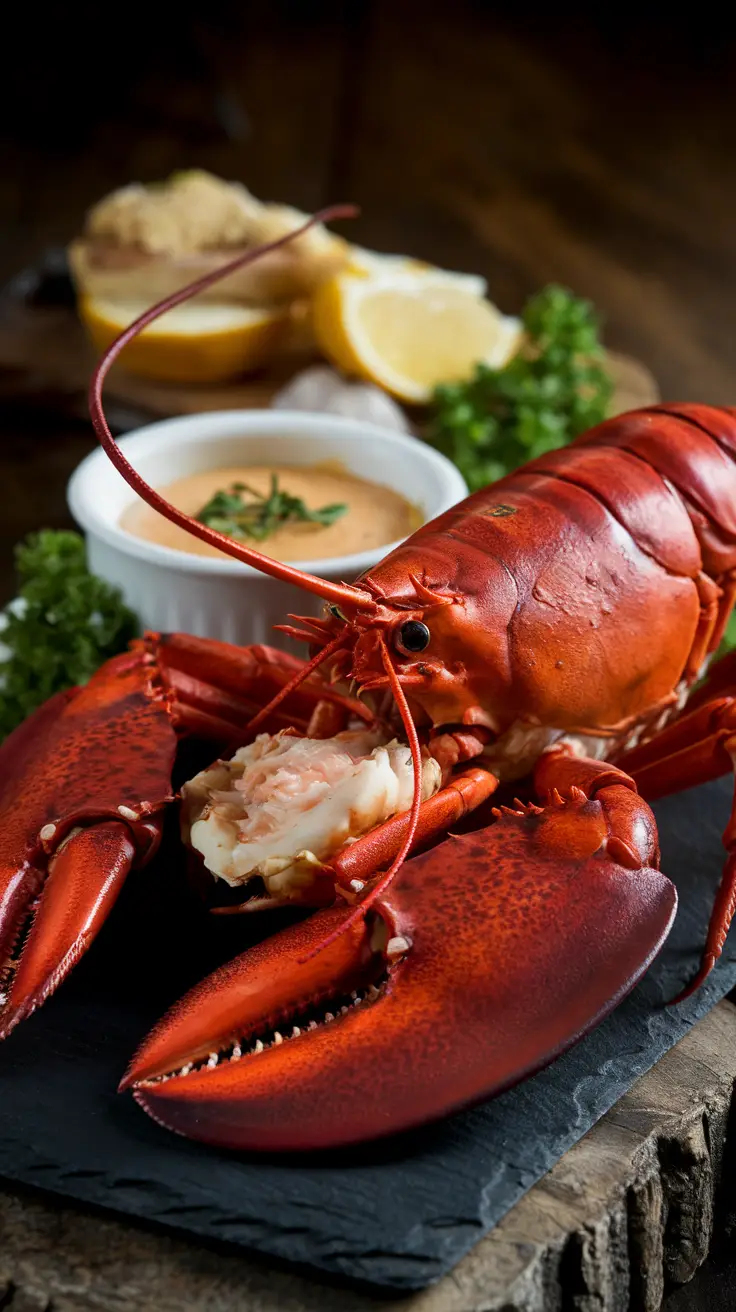
Sourcing and Sustainability
Sourcing the **European Lobster** sustainably is key to preserving its population. Overfishing poses a significant risk to this species. Therefore, it’s vital to purchase lobsters from reputable fisheries that adhere to strict regulations. These fisheries implement measures to ensure healthy stocks. For instance, they may use size limits and seasonal closures. Consumers should also look for certifications like the Marine Stewardship Council (MSC) label. This ensures that the product comes from a sustainable source. Overall, supporting sustainable practices contributes to the long-term viability of the **European Lobster** and its ecosystem.
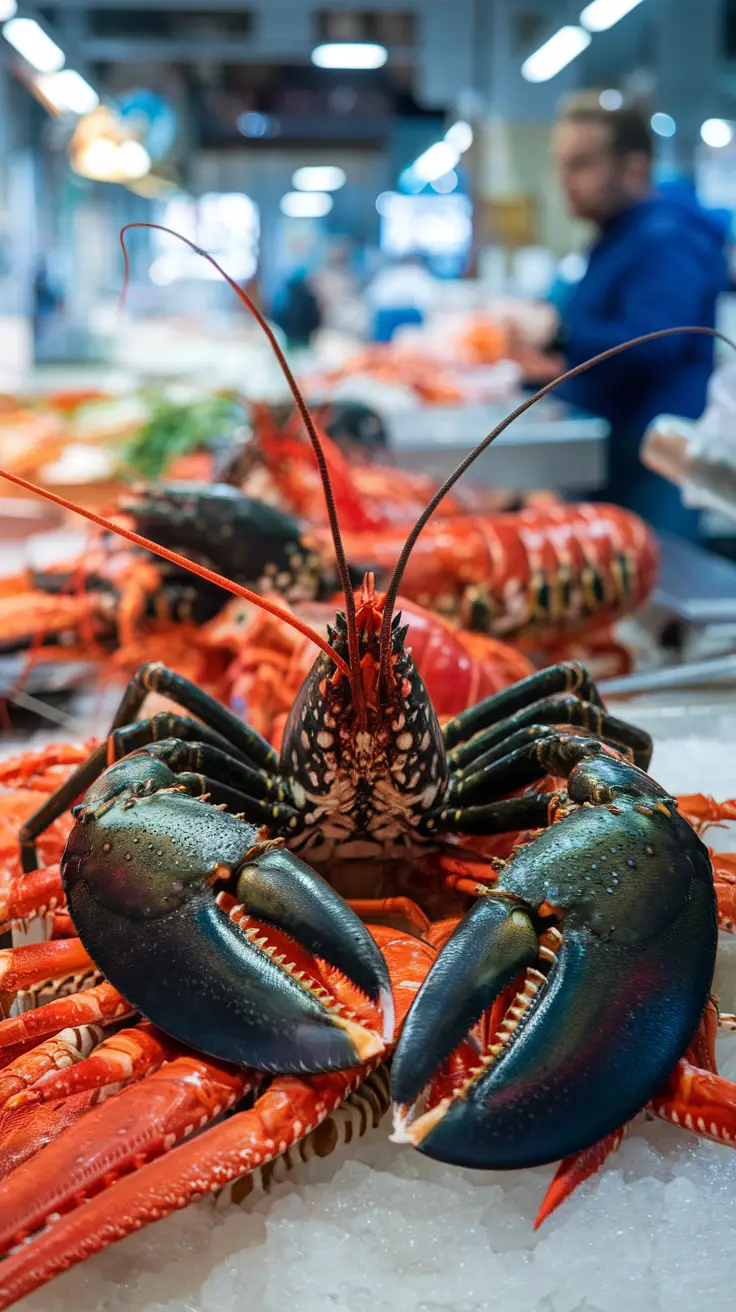
How to Select and Store
When choosing European lobster, look for vibrant shells. Healthy lobsters should feel heavy for their size. A fresh lobster also has a strong ocean smell. Here are some tips for selecting the best:
- Check the claws for firmness.
- Avoid lobsters with any broken shells.
- Look for movements; active lobsters are generally fresh.
- Inspect the eyes; they should be clear and bright.
After selection, proper storage is vital. Place the live lobsters in a breathable container. Ideally, store them in the refrigerator to maintain freshness. Avoid fresh water exposure, as it can harm them. Additionally, use wet seaweed or damp towels to keep them moist. Always cook European lobsters within a day or two for the best flavor.
Preparation Tips and Techniques for European Lobster
Preparing European Lobster can be an exciting experience for both novice and seasoned chefs. First and foremost, ensure that the lobster is fresh and ideally, live. This guarantees optimal flavor and texture. Begin by filling a large pot with water and adding salt to mimic seawater. Bring the water to a rolling boil.
Steps to Prepare
- Carefully place the lobster headfirst into the boiling water. This method minimizes stress for the lobster.
- Cook the lobster for about 8-10 minutes per pound. Check its vibrant color for doneness.
- Once cooked, remove the lobster and place it in a bowl of ice water to stop the cooking process.
- After cooling, it’s time to crack the shell. Use a lobster cracker, or a sturdy pair of kitchen shears for this task.
To enhance the flavor, consider adding aromatics such as garlic or herbs to the boiling water. Always serve with melted butter or a tangy sauce for dipping. These techniques will help you enjoy a delightful meal!
Recipe Inspiration
Cooking with European Lobster opens up a world of delicious possibilities. This exquisite seafood can be prepared in various delightful ways. Whether you prefer grilling, boiling, or baking, each method highlights its rich flavor. A simple yet elegant dish involves boiling the lobster, then serving it with drawn butter and fresh lemon. Alternatively, consider roasting it with garlic and herbs for a savory twist.
For a luxurious treat, try lobster pasta. Cook freshly made pasta and add sautéed European Lobster with a touch of cream and parmesan. This dish not only elevates your dining experience but also impresses your guests.
Don’t forget about soups and bisques. A creamy lobster bisque, made with stock and fresh cream, warms the soul. Finally, for an exciting twist, use European Lobster in tacos, topped with fresh salsa and avocado. The blend of flavors and textures will leave everyone craving more!
Fun Facts and Trivia
The **European Lobster** is a fascinating creature found in the coastal waters of Europe. These lobsters can grow up to 60 centimeters in length. Interestingly, they change color when they are cooked, turning from blue to red. Their powerful pincers are designed for hunting and defense.
- European Lobsters can live for over 50 years.
- They have a highly developed sense of smell, helping them locate food.
- During mating season, females can carry up to 10,000 eggs.
- They are nocturnal and prefer to feed at night.
- The Lobster is considered a delicacy in many cultures.
Conclusion and Dining Experience of European Lobster
The European Lobster is more than just a delicacy; it offers a unique dining experience. Enjoying this lobster often involves savoring its sweet, tender meat. Many restaurants prepare it in various ways, ensuring a delightful meal.
Pairing European Lobster with white wine enhances the flavors. Moreover, fresh herbs and lemon add a refreshing touch. Dining on this seafood can create memories shared with friends and family.
Overall, embracing the flavors of European Lobster contributes to an exquisite culinary adventure. Whether boiled, grilled, or baked, this lobster item remains a seafood lover’s favorite.

